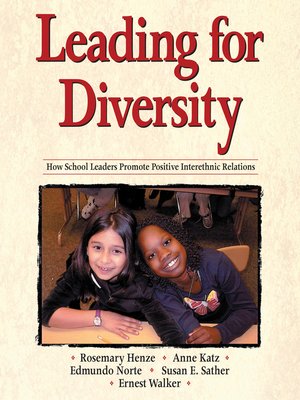Leading for Diversity
ebook ∣ How School Leaders Promote Positive Interethnic Relations
By Rosemary Henze

Sign up to save your library
With an OverDrive account, you can save your favorite libraries for at-a-glance information about availability. Find out more about OverDrive accounts.
Find this title in Libby, the library reading app by OverDrive.



Search for a digital library with this title
Title found at these libraries:
| Loading... |
"I strongly endorse this book and feel that it holds great promise for the field."
Ray Terrell
Coauthor of Cultural Proficiency
Proactive leadership fosters strong interethnic communities!
This timely volume provides powerful models of leadership that are effective in developing schools where positive interethnic relations can flourish. Countering the often-heard belief that troubled race relations are endemic to schools, author Rosemary Henze and her team of researchers face the issue head on by incorporating diversity issues into educational leadership. Schools are vehicles for change in race/ethnic relations when proactive leadership is developed and maintained.
Vignettes and case studies allow you to assess and develop your leadership skills in interethnic relations by helping you to
The broad concept of leadership presented here includes not only principals and administrators, but also teachers, parents, counselors, students, and community human relations professionals who emerge as leaders facing a range of issues—including gang violence, racial conflict, staff divisions, and other issues—that need to be addressed in the area of interethnic interactions. These representatives of schools with diverse populations form leadership teams able to speak out for real educational reform in reducing racism and prejudice in schools.






